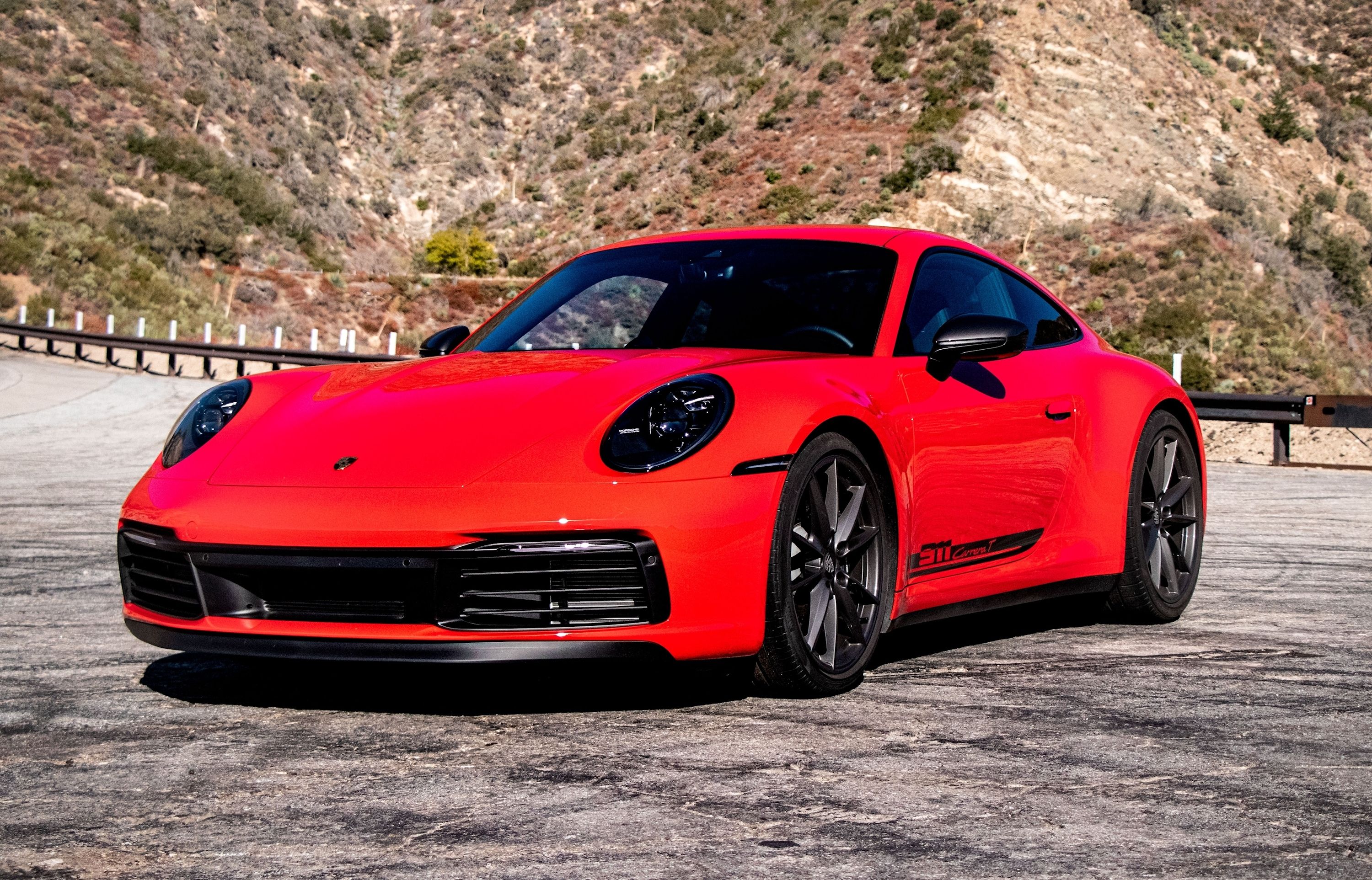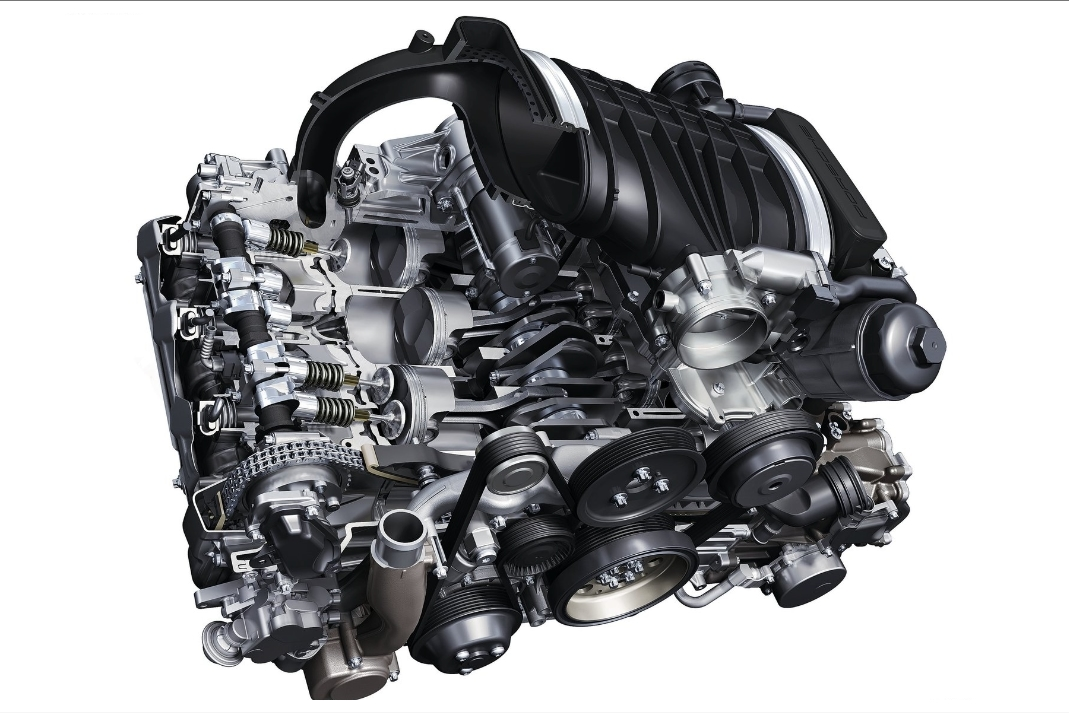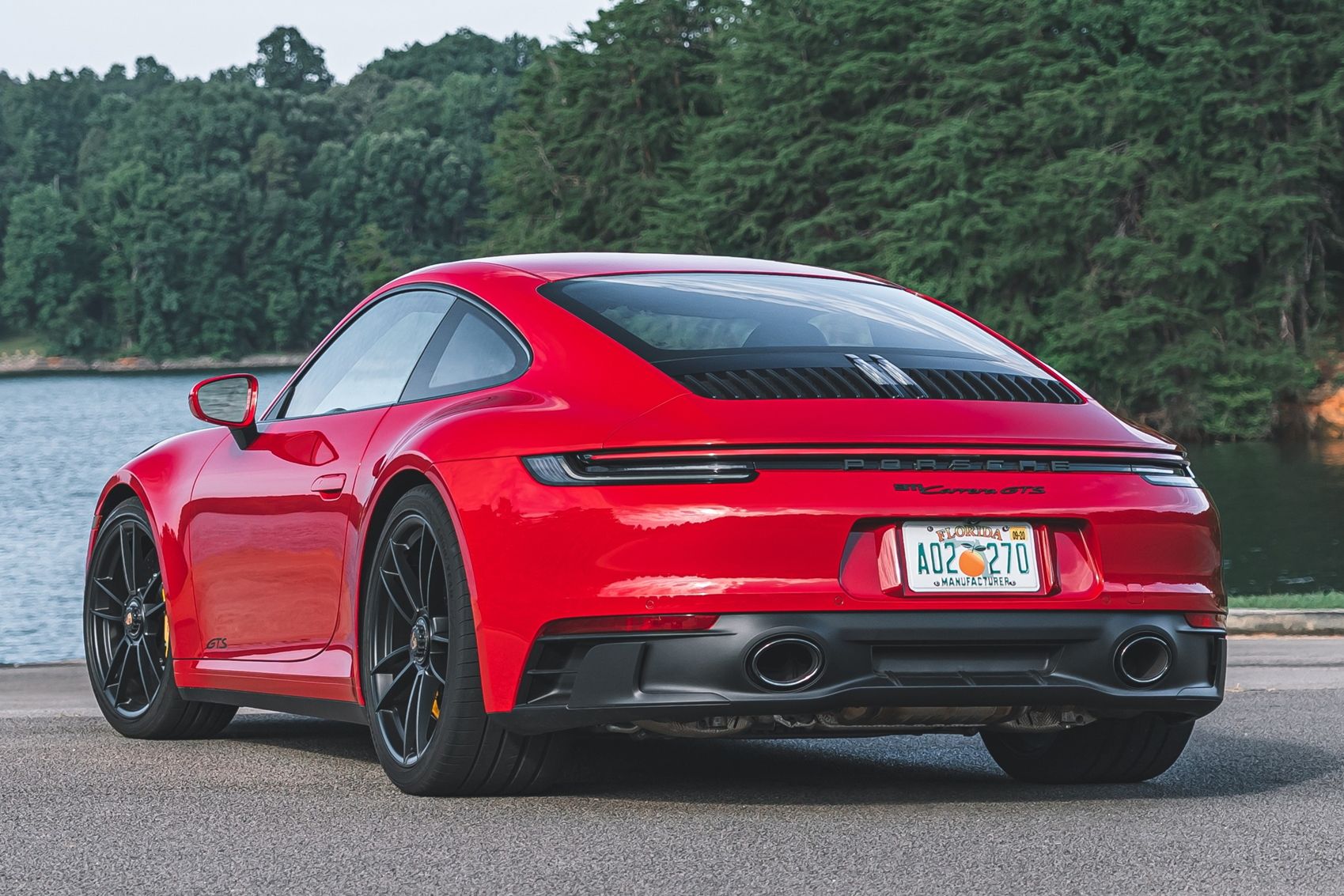
Porsche has filed a patent for a new device for igniting the fuel-air mixture in the combustion chamber. CarBuzz discovered the patent at the German Patent and Trademark Office, which, at its core, is an ignition device with two pre-chambers.
If nothing else, it's proof that Porsche is still committed to internal combustion, which should be celebrated.
This new invention aims to further improve the ignition and combustion process of the fuel-air mixture by using a large number of antechambers, all contained within the main combustion chamber. According to Porsche, a portion of the air-fuel mixture is forced into the second pre-chamber during the compression stroke. The fuel is ignited within the secondary pre-chamber, resulting in faster combustion.
The first and second pre-chambers are in constant communication. The second pre-chamber has three or more antechambers shaped like truncated cones, which allows for a higher volume than the first antechamber.
According to Porsche, the acceleration effect of the pre-chamber ignition is vastly increased by adding a second pre-chamber. Thanks to the truncated cone shape allowing for more volume, the flames flowing from the second antechamber can be pushed into the main combustion chamber to increase performance.
The same result can't be achieved using a single pre-chamber, as there needs to be a standard ratio between the hole openings and the antechamber volume. Porsche's patent mentions that the second pre-chamber can have as many as five antechambers, increasing in size from the inside to the outside.
This multi-stage antechamber system allows for a higher air-fuel ratio. Porsche mentions that the ignition system can be used in various configurations, with as little as three and as many as five antechambers, giving it a wide range of options. The new system can also be optimized to work with Porsche eFuel, which will come online in the next few years. The most extensive eFuel facility is being built in the USA.
The new ignition system also uses a separate spark plug connected to the first and smallest antechamber, shaped like a truncated cone. Each antechamber below it has a larger number of flow channels, which provide the connection between the various chambers. The device is meant to be passive, so it doesn't require a direct injection system.
That does not mean it can't be added, however. Porsche mentions the possibility of a fuel injection nozzle that opens in the second chamber. Theoretically, this will provide a richer mixture in the chamber, which means more performance.
As you can see from the image, it's a complex design, likely meant for a high-end performance car like the 911. By the end of the decade, Porsche wants its model split to be 80% electric and 20% internal combustion. The Cayenne, Macan, and 718 will all go electric, but the world is not yet ready for an electric 911.
It is, however, ready for one with even more performance without forced induction. Just as importantly, this design can surely be adapted to maximize efficiency, helping keep legislators at bay.


